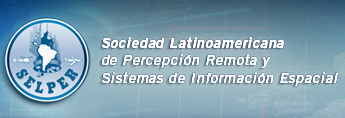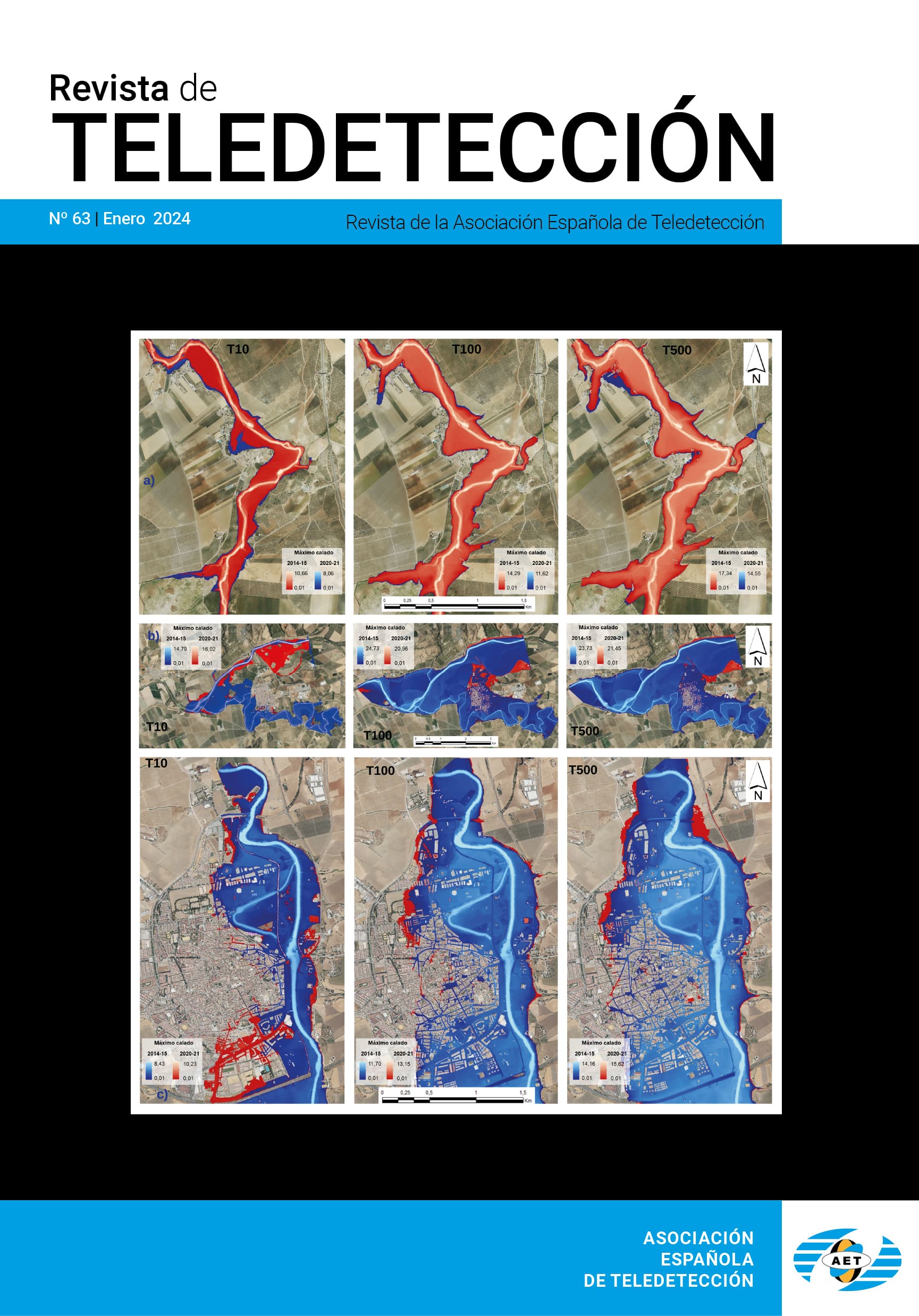Clasificación de materiales geológicos en la superficie de la luna Europa de Júpiter
I. Ordóñez Etxeberria (iore@alumni.uv.es)
RESUMEN
A partir de las imágenes obtenidas por la misión Galileo de la superficie de la luna Europa de Júpiter, se ha realizado una clasificación de materiales geológicos sobre la región del cráter Tyre. Estas imágenes fueron tomadas por los instrumentos SSI (Solid State Imager) y NIMS (Near-Infrared Mapping Spectrometer) y aportaron información multiespectral e hiperespectral del hielo de esta luna y los materiales que lo componen. La metodología aplicada ha consistido en técnicas de Spectral Mixture Analysis, resolviendo la separación de materiales mediante el algoritmo Vertex Component Analysis, y permitiendo así identificar la participación de cada componente geológico en un mismo píxel. Los resultados, que han combinado una alta resolución espacial y espectral, muestran una diferenciación espacial entre cada uno de los valores propios propuestos.
KEYWORDS:clasificación geológica, Galileo, cráter Tyre, Europa, Júpiter, NIMS, SSI, Spectral Mixture Analysis, Vertex Component Analysis.
ABSTRACT
From the images captured by the Galileo Mission of the surface of Jupiter’s moon Europa, a classification of geological materials on the Tyre crater region has been obtained. These images were taken by the SSI (Solid State Imager) and NIMS (Near-Infrared Mapping Spectrometer) instruments, and provided multispectral and hyperspectral information of this moon ice and its component materials. The methodology has consisted of Mixture Spectral Analysis techniques, solving the separation of materials by the Vertex Component Analysis algorithm, allowing to identify the contribution of each geological component in the same pixel. The results, which have combined high spatial and spectral resolution, exhibit a spatial differentiation between each of the endmembers given.
Palabras Clave: Geological classification, Galileo, Tyre crater, Europa, Jupiter, NIMS, SSI, Spectral Mixture Analysis, Vertex Component Analysis.
PULSE AQUI PARA DESCARGAR EL ARTÍCULO COMPLETO








